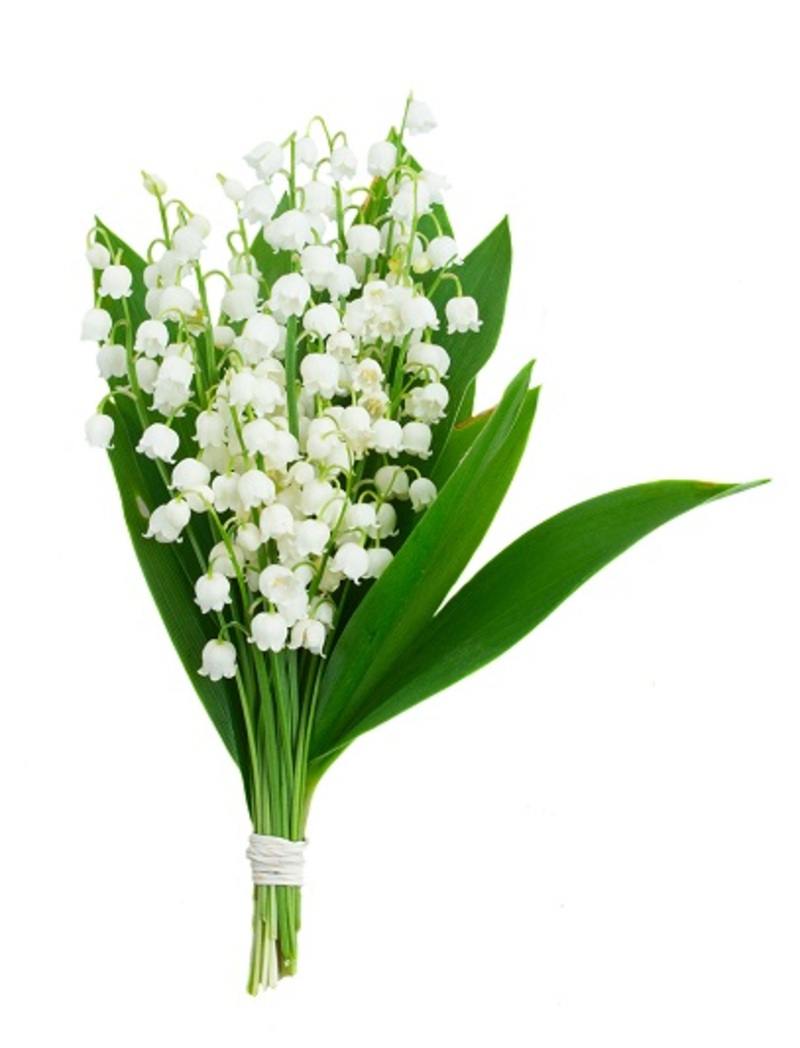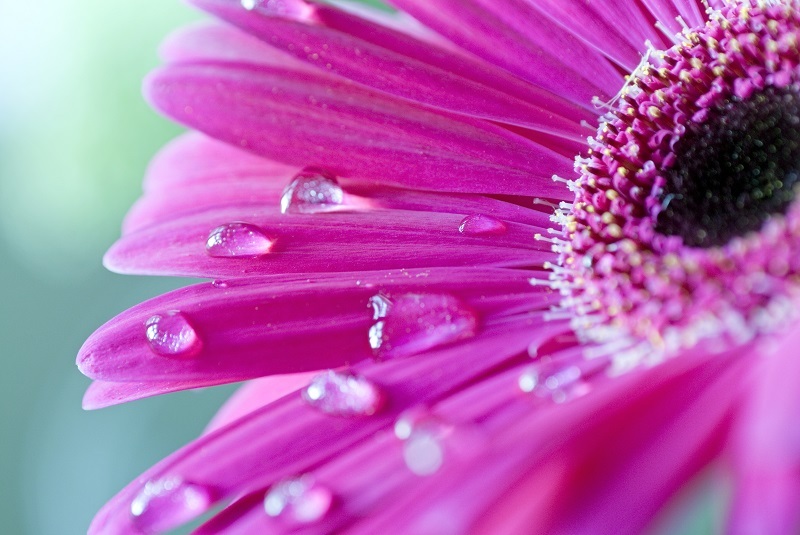Cultivating Exquisite Hydrangeas: A Step-by-Step Guide
Posted on 22/08/2025
Cultivating Exquisite Hydrangeas: A Step-by-Step Guide
If you're passionate about garden beauty, nothing rivals the dazzling display of hydrangeas. These versatile shrubs are beloved for their voluminous blooms, rich colors, and ornamental appeal. Whether you're a green-thumb guru or an enthusiastic beginner, cultivating exquisite hydrangeas can transform your landscape. In this comprehensive, google-friendly guide, we'll explore every aspect of growing spectacular hydrangeas--from choosing the right variety to nurturing abundant, healthy blossoms.
Understanding Hydrangeas: An Overview
Hydrangeas have held a cherished spot in gardens worldwide for centuries. Native to Asia and the Americas, they come in several species, each with its own character and charm. Their lush clusters of flowers brighten borders, hedges, and even containers. If you've ever dreamed of cultivating exquisite hydrangeas in your own garden, understanding their unique requirements is the first vital step.
Popular Types of Hydrangeas
- Bigleaf Hydrangea (Hydrangea macrophylla): Known for broad leaves and mophead or lacecap blooms. These are the classic hydrangeas with blue, pink, or purple flowers.
- Panicled Hydrangea (Hydrangea paniculata): Features cone-shaped clusters of white blooms that often turn pink with age.
- Oakleaf Hydrangea (Hydrangea quercifolia): Noted for its distinctive foliage resembling oak leaves and its beautiful white blooms.
- Smooth Hydrangea (Hydrangea arborescens): Famous for large, ball-shaped white flowers, particularly the 'Annabelle' variety.
- Climbing Hydrangea (Hydrangea petiolaris): Unique for their climbing habit, these hydrangeas produce lacy white blossoms and thrive on walls or trellises.
Each hydrangea species brings unique color, size, and texture to the garden. When growing hydrangeas, consider your climate, sun exposure, and available space to select the perfect type.

Step 1: Selecting the Ideal Location
Sunlight Needs
For exquisite hydrangeas, the right location is paramount. Most hydrangeas flourish in partial shade--they enjoy morning sun but savor protection from harsh afternoon rays. Bigleaf and oakleaf hydrangeas prefer dappled light, while panicle hydrangeas tolerate full sun if well-watered. Evaluate your garden to find a spot that offers balance.
Soil Quality and Preparation
Hydrangeas thrive in moist, well-drained, and nutrient-rich soil. Before planting, test your soil pH. Hydrangeas respond dramatically to pH: a lower pH (acidic) yields blue flowers, while a higher pH (alkaline) promotes pink shades in some varieties.
- Test soil pH: Kits are available at garden centers or get professional analysis for precision.
- Amend as needed: Add compost or well-rotted manure for fertility. For more acidity, mix in sulphur or pine needles; to raise alkalinity, use lime.
- Ensure good drainage: Hydrangeas dislike standing water. Incorporate organic matter and create raised beds in heavy clay areas if necessary.
Step 2: Choosing and Planting Hydrangeas
Best Time to Plant
Plant hydrangeas in early spring or fall. Avoid the intense heat of summer or the freezing cold of winter, as young plants are vulnerable to stress.
How to Plant Hydrangeas: A Step-by-Step Process
- Prepare the planting hole: Dig a hole twice as wide and as deep as the root ball.
- Remove the plant from its pot: Gently tease out roots if they're pot-bound (circling the pot).
- Set the hydrangea: Place it in the hole so the top of the root ball is level with the ground surface.
- Backfill and firm: Fill in with amended soil, gently firming around the roots to remove air pockets.
- Water thoroughly: Hydrangeas need a deep soak at planting and regular moisture thereafter.
- Mulch: Apply two to three inches of mulch to conserve moisture and inhibit weeds.
Step 3: Nurturing Your Hydrangeas
Watering Tips for Healthy Growth
- Keep soil moist: Hydrangeas have shallow roots and require consistently moist (but not soggy) soil.
- Deep waterings: Water deeply 1-2 times per week rather than light, frequent watering.
- Morning is best: Water in the morning to reduce evaporation and discourage fungal diseases.
Fertilizing for Robust Blooms
Fertilize exquisite hydrangeas for lush leaves and abundant blossoms:
- Time it right: Apply a slow-release fertilizer in early spring as plants break dormancy, and lightly again after the first flush of blooms.
- Choose wisely: Use a balanced fertilizer or one formulated for hydrangeas to prevent leaf burn and encourage steady growth.
Mulching and Weed Control
Maintain a two- to three-inch mulch layer around your hydrangeas. Mulch suppresses weeds, retains moisture, and keeps roots cool, all essential for thriving plants.
- Renew mulch annually in spring.
- Avoid piling mulch against the stems, which encourages rot.
Step 4: Pruning Hydrangeas for Optimal Shape and Blooms
Knowing Your Hydrangea's Bloom Time
Pruning hydrangeas successfully requires knowing which type you have. Some bloom on old wood (last year's growth), while others bloom on new wood (this season's growth).
- Old wood bloomers: Bigleaf and oakleaf hydrangeas bloom on last year's stems, so prune right after flowering (by late summer).
- New wood bloomers: Panicle and smooth hydrangeas bloom on fresh growth; prune in late winter or early spring before new growth starts.
How to Prune for Abundant Flowers
- Cut out dead stems: Remove dead or crossing branches to maintain air circulation and plant health.
- Shape judiciously: Avoid severe pruning, which can reduce flowering.
- Deadhead spent blooms: Clip faded flower heads just above a healthy leaf pair for a neater plant and possible reblooming.
Step 5: Troubleshooting Common Hydrangea Problems
Pest and Disease Management
Exquisite hydrangeas are relatively problem-free, but you may encounter:
- Leaf spots (fungal/bacterial): Remove affected foliage and improve air flow.
- Aphids and spider mites: Rinse with water or apply insecticidal soap if infestations arise.
- Mildew: Space plants properly and avoid overhead watering.
Addressing Environmental Stress
- Wilting: Often due to underwatering--maintain steady soil moisture, especially in dry periods.
- Leaf scorch: Protect from the hottest midday sun if leaves brown at the edges.
- Poor flowering: Over-fertilizing with high-nitrogen fertilizer can intensify leafy growth at the expense of blooms.
Step 6: Achieving Gorgeous Hydrangea Colors
Influencing Flower Color
One of the greatest joys of cultivating hydrangeas is the ability to customize flower color in certain varieties (especially bigleaf hydrangeas). The flower color depends on soil pH:
- Acidic soil (pH below 6): Produces blue or lavender-blue flowers.
- Neutral to alkaline soil (pH 7+): Results in pink or red blooms.
To change colors effectively:
- For blue flowers: Add sulfur, peat moss, or aluminum sulfate to lower pH.
- For pink flowers: Mix in lime to raise soil pH.
*Note: White hydrangea varieties do not change color with soil pH.
Long-Lasting Blooms and Harvesting
- Prolong bloom time: Regular deadheading encourages more flowers and a tidier plant.
- Cut blossoms for arrangements: Snip stems in the morning, when flowers are hydrated, and immediately submerge in fresh water for lasting beauty indoors.
Best Practices for Year-Round Care
Hydrangeas in Winter
Proper winter care ensures hydrangeas return with vigor each spring. For cold climates:
- Mulch heavily: Apply a thick layer of straw, leaves, or commercial mulch to protect the roots.
- Wrap plants: Cover less hardy varieties with burlap if severe frost threatens.
Hydrangeas in Containers
If you're short on garden space, container gardening is perfect for hydrangeas. Use large pots with excellent drainage, fill with rich potting mix, and keep well-watered throughout the growing season. Containers may need extra insulation in winter or temporary relocation to a sheltered area.
Creative Design Ideas Using Hydrangeas
Hydrangeas as Garden Focal Points
The spectacular blooms and bold foliage of exquisite hydrangeas make them stunning in:
- Mixed borders: Pair with roses, hostas, or ferns for dramatic texture and color.
- Foundation plantings: Hydrangeas soften the lines of homes and buildings beautifully.
- Cottage gardens: Lush hydrangeas complement classic cottage-style plantings.
Companion Planting Tips
- Shade companions: Astilbe, Japanese forest grass, and ferns thrive alongside hydrangeas in shady spots.
- Sun-loving companions: Black-eyed Susan, daylilies, or ornamental grasses for areas with more light.

Frequently Asked Questions on Growing Hydrangeas
How do I make my hydrangeas bloom every year?
Correct pruning, consistent watering, and balanced fertilization promote reliable blooms. Avoid late-season pruning for old-wood hydrangeas and protect buds from frost.
Can hydrangeas be moved or divided?
Transplant hydrangeas in early spring or fall. Water thoroughly and dig deep to avoid root damage. Dividing is rare but possible for mature clumps of smooth or panicle varieties.
Why are my hydrangea leaves turning yellow?
Yellow leaves often signal overwatering, poor drainage, or nutrient deficiencies. Adjust care practices and check for root rot.
Are hydrangeas deer resistant?
While not deer's top choice, hydrangeas can still be browsed by deer. Use repellents or fencing in areas with heavy deer pressure.
Conclusion: Enjoying the Rewards of Exquisite Hydrangea Cultivation
Cultivating exquisite hydrangeas is a satisfying and inspiring journey for any gardener. With careful selection, optimal planting, consistent care, and the right techniques, you can create a show-stopping landscape bursting with vibrant color and texture. Remember, the true beauty of hydrangeas lies in their resilience and adaptability--these garden gems reward attention with lasting elegance season after season. Start your hydrangea adventure now, and watch your garden come alive with extraordinary charm and unforgettable blooms!
Latest Posts
Ensure Your Cut Flowers Flourish with These Steps
Enchanting Flowers to Celebrate Their Birthday
Cultivating Exquisite Hydrangeas: A Step-by-Step Guide
Understanding Yourself Through the Lens of Your Birth Flower





